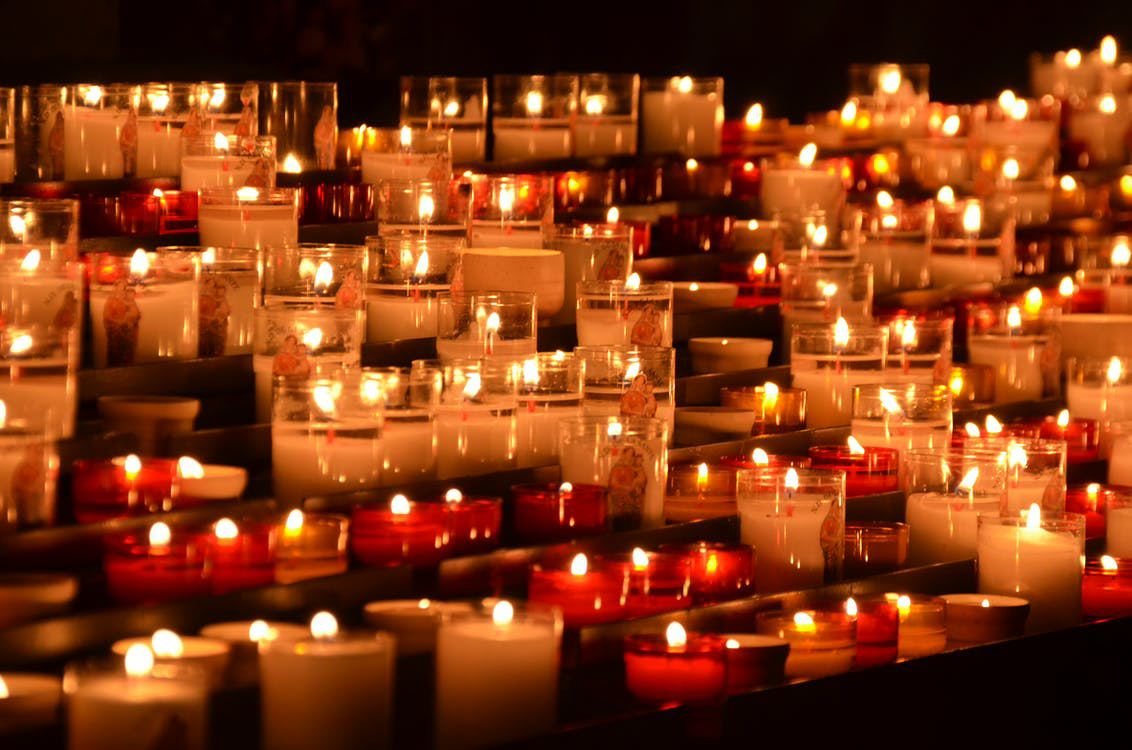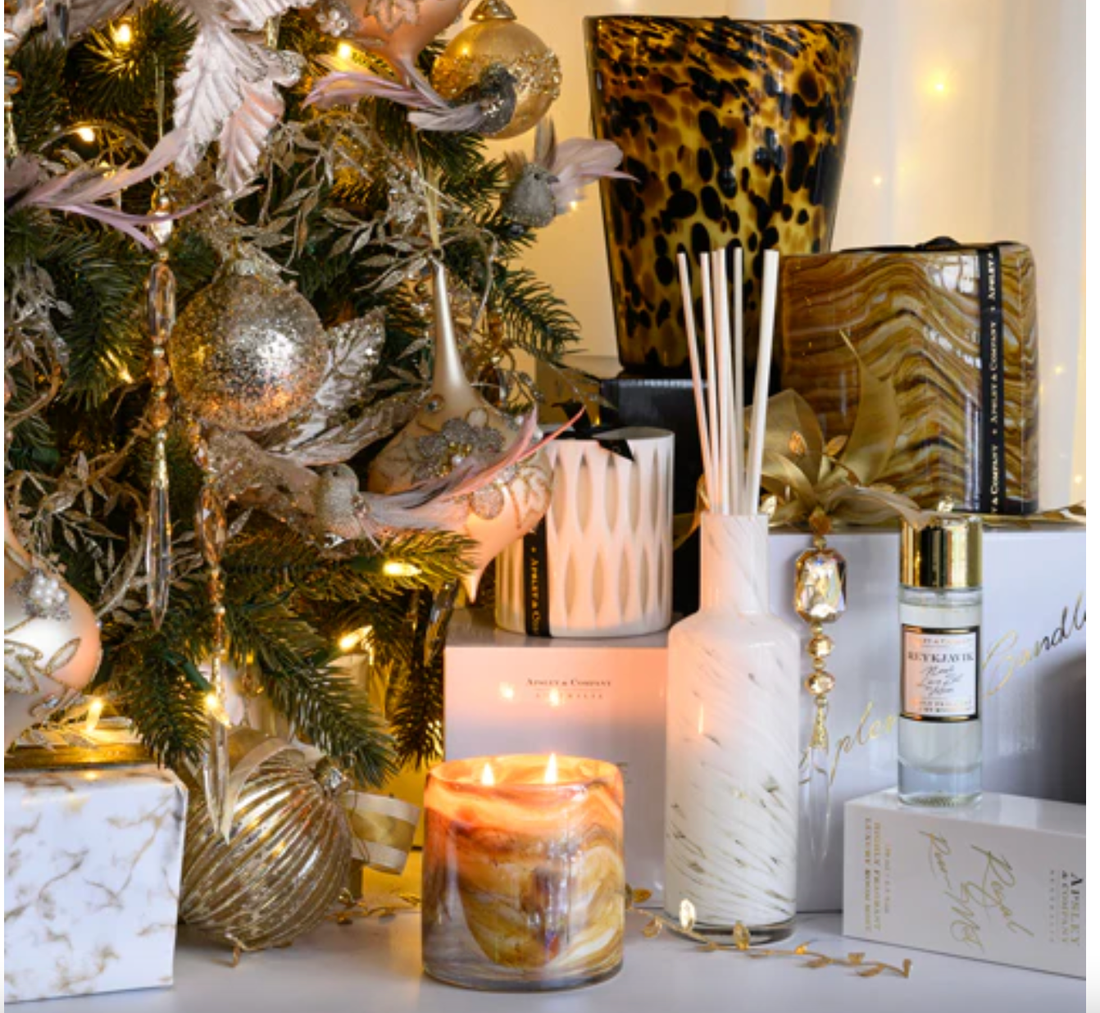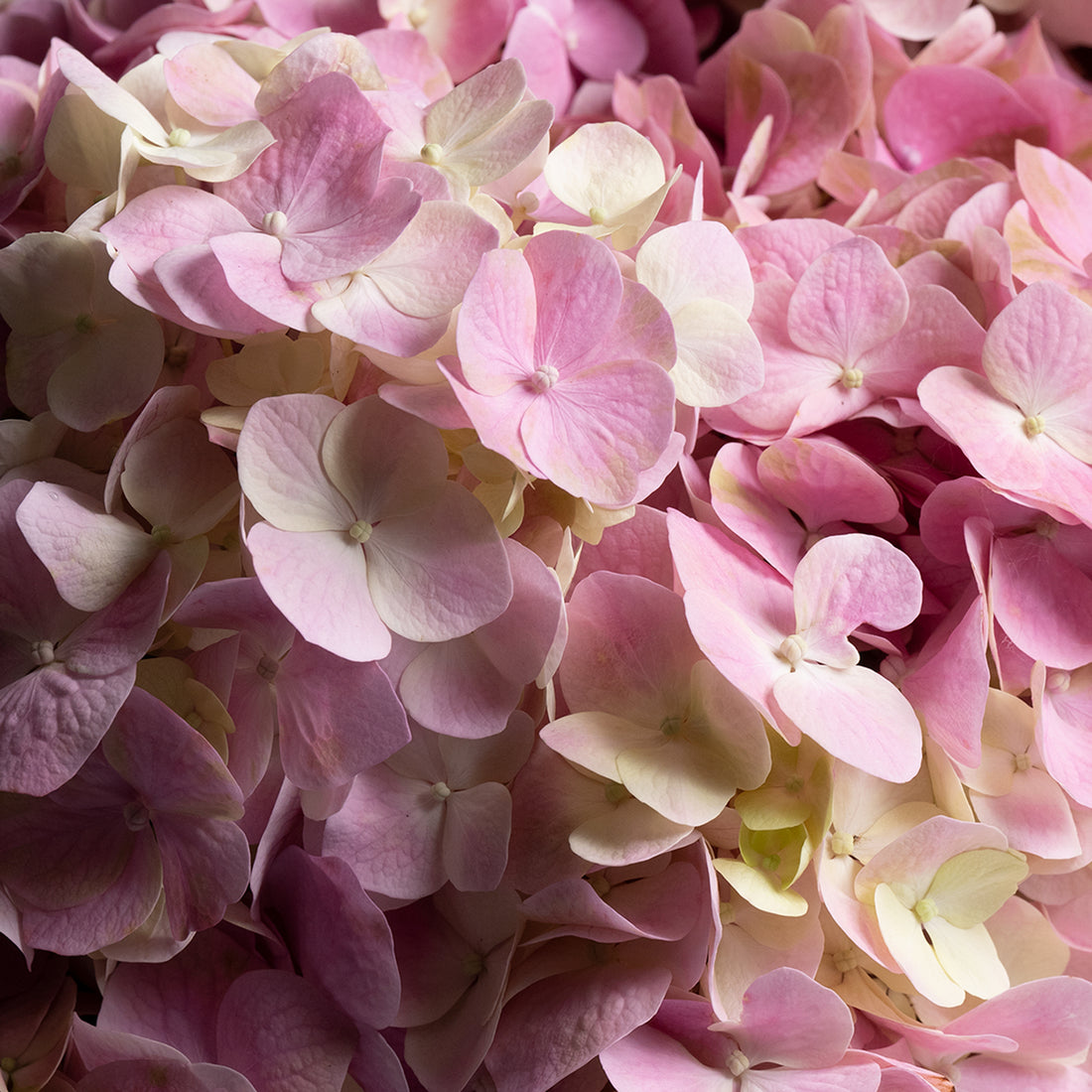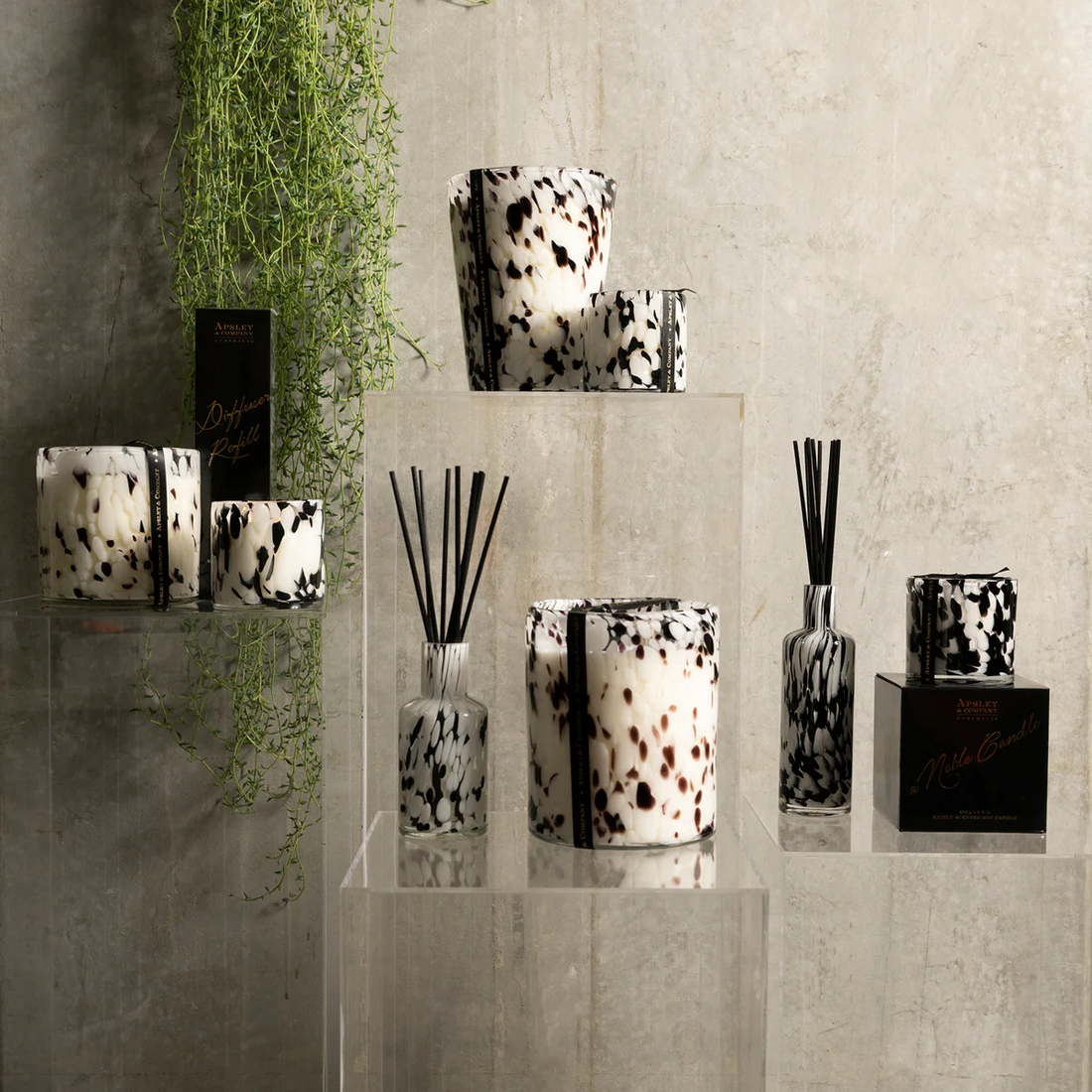For more than 5,000 years, candles were known and used as a source of light. It illuminated many celebrations in the past, including religious ceremonies like Hanukkah, the Jewish Festival of Lights, and during Easter service in the 4th century — so it’s only right that we learn about its history.
Who created the first candle?
Did you know that the earliest use of candles is often attributed to the Ancient Egyptians? They made rushlightsh2es by soaking core of reeds in melted animal fat or tallow. Reeds are a tall, slender-leaved plant of the grass family that grows in water or marshy h2llow is a rendered form of beef or mutton fat. It is melted into liquid form and poured onto fibres of flax or cotton to be used as a wick. However, rushlights were perceived as having no wick like a true candle.
Meanwhile, Ancient Romans are said to be credited when h2o the development of wicked candles by repeatedly dipping papyrus in melted tallow or beeswax. Historians also found out that many other early civilizations developed wicked candles by using waxes from available plants and insects.
Candles Around the World
In China, their early candles were reportedly moulded in paper tubes using rolled rice paper for the wick, and wax from an indigenous insect that was combined with seeds. In Japan, their candles were made of wax that was extracted from trees. In India, they made candle wax by boiling the fruit of a cinnamon tree. In America, their first contribution to candle making was discovering that boiling the berries of bayberry bushes created a sweet-scented wax that burned cleanly. The problem was that extracting the wax from these berries was a lot of work. Due to this, bayberry candles soon diminished.
18th Century: The First Standard Candle
During the late 18th century, the first major change in candle making happened during the growth of the whaling industry. There was a wax obtained by crystallizing sperm whale oil which is called Spermaceti. It became available in quantity during that time which was then used for candle making. The reason why people liked this type of wax is because it didn’t have an odour when it burned and made a brighter light. Since then, historians noted that the first standard candles were made from Spermaceti wax.
1820’s: Development of Stearin Wax
During this era, contemporary candle making had significant developments thanks to a French chemist named Michel Eugene Chevreul. He discovered how to extract stearic acid from animal fatty acids. Stearic acid is a solid fatty acid obtained from animal or vegetable fats. It’s hard, durable, and it burned cleanly. Because of this, stearin candles are still popular in Europe today.
1850’s: Introduction to Paraffin Wax
Chemists learned to separate naturally occurring waxy substance from petroleum and refine it. Although it has a low melting point, paraffin wax burned cleanly and consistently. It was even more economical to produce than other types of candle fuel. Its low melting point was fixed by adding harder stearic acid.
1879: The Decline of Candle Making
Thomas Edison introduced light bulbs to the world through the distillation of kerosene. This led to the decline of candle industries despite its advances. It became less useful as a source of light and more of a decorative item at home.
19th Century: Candle as a Commodity
In 1934, Joseph Morgan contributed in the advance of the candle industry by developing a machine that mass-produced moulded candles. The machine worked by using a cylinder with a piston that ejects candles as they solidified. Because of this mechanized production, there was enough supply of candles and made it an affordable commodity for the masses.
20th Century: Rising Popularity
The popularity of candles was steady until the mid-1980s. They began to pick up again as interest for candles as decorative items, mood-setters and gifts rose. By then, candles were made available in different shapes, sizes, and colours. Consumer interests also led to the creation of scented candles.
In the 1990s, the popularity of candles surged once again when new types of candle waxes were under development. Agricultural chemists in the U.S. discovered soybean wax, which is a softer and slower burning wax than paraffin. In other countries, palm wax was in the works for candle use as well.
Candles Today
From direct sources of light to being a decorative item, candles today continue to be all those things and more. They symbolize or represent celebration, romance, comfort, peace, ceremony and aesthetic, and buying scented candles online have become a popular method. Candles keep our surroundings lit, warm, cozy and virtually pleasing — and that’s the beauty of a candle.
Common Questions:
What is the Different between a Candlemaker vs. Chandler?
A candlemaker is a person who makes or sells candles. On the other hand, a chandler is a dealer in household items like oil, soap, paint and groceries. Others sources might also say that a chandler is a person who trades in supplies for ships, and others say that a chandler is a maker or seller of tallow or wax candles and soap.
What are the different types of Candles?
A candle is more than what meets the eye. Did you know that there are five types?
These candles come in a lot of different fragrances to fill your home or your room with a pleasant smell. These candles are often used by people who want to change the vibe of their space and make it cozier and more relaxing. On the other hand, aromatherapy candles lean more towards health benefits as these candles contain essential oil to enhance one’s well-being.

- Pillar Candles
These are the long sturdy candles that vary in height. Just like votive candles, they have long burning time and considered smokeless. These are usually put on tables, but it also looks good when hung on a chandelier. It’s known for creating a pleasant ambience or changing the mood into a romantic one.

- Votive Candles
These are candles that are placed in small glass containers that are usually round or square-shaped. Votive Candles are smokeless and last for a long time.

- Taper Candles
These are long traditional tapering candles which are usually used in candle holders. They also vary in length and is often made with beeswax.

- Decorative candles
By the name itself, it suggests that these candles are just made to make your space look pretty. These candles come in various shapes, colours, sizes, scented or unscented. You may see decorative candles have complicated designs, and some even have accessories.

Other types of candles include soy candles and vegan candles. These use plant-based wax, soy wax, natural fragrance and essential oils for environment-friendly consumers who don’t use any animal products.
What are Candles Made Of?
Elements of a Candle Wax
If you’re into candle making, you should probably know what qualities to find in candle wax and make the best candle there is. Note that scientists consider “wax” as a generic term for classifying materials to have the following characteristics:
- Minimal odour
- Low toxicity and low reactivity
- Water repellent
- Primarily hydrocarbon in structure
- Must be solid at room temperature, and liquid in higher temperatures
Waxes prove to be useful as it holds a range of applications such as in coatings, adhesives, crayons, packaging, and yes you guessed it — CANDLES!
What are the Different Types of Wax used in Candles?
Candles have come a long way, and people have become creative when innovating this source of light. There are five types of wax, namely beeswax, soy wax, paraffin wax, gel wax, and palm wax.
Beeswax
First on the list is the oldest candle making wax: beeswax. It has a naturally sweet fragrance due to the honey-infused during its creation. The fragrance depends on the flower or plants the bees are feeding on.
Beeswax is a by-product of the honey-making process by bees. It is excreted into “combs” to incubate their larvae. After harvested from the beehive, beeswax is melted and filtered repeatedly. It can be purchased in blocks, pastilles or in pre-rolled sheets.
Soy Wax
Soy wax was developed in the 1990s as an alternative to paraffin and beeswax. Many soy waxes are made from 100% soybean oil, and some are blended with other vegetable oils and waxes.
There is also a combination of both paraffin and soy blends which emphasizes the benefits of both waxes. They’re pretty similar in terms of having a variety of blends and melting points, but the most common soy waxes are container candle blends. Just remember that as long as the blend is at least 51% soy, it’s called a soy wax blend.
Paraffin Wax
Paraffin wax is one of the most common and versatile waxes for candle making. A lot of commercial candles you can see in stores today are made with paraffin. It comes in different melt points that are appropriate for various applications like pillars and containers. The downside of this type of wax is that it’s a by-product of the crude oil refinement process — that’s why environmentalists try to avoid using this one.
Gel Wax
Did you know that gel wax is often used to imitate other liquids in novelty candles like water, beer and wine?
Gel wax is a combination of resin and mineral oil; it’s not actually wax. It can hold scent and colour well, and it melts and burns quite similarly to other waxes. What makes gel wax stand out from the rest is its transparency which is excellent for those who like variety. It’s commonly used for votive or container candles, but there is firmer gel wax for crafting pillar candles.
Palm Wax
Similar to soy wax, this is made from a natural oil — palm oil. Palm wax is a firm, almost brittle wax that is best used for pillars and votives. It is often blended with soy wax to make it harder. What’s nice about it is its crystalline or “feathered” effect in the candles.
What’s the Worlds Most Expensive Candles?
With social media and video tutorials running the online world, you can look up DIY candles and make one for yourself for a small amount of money. But just for fun, let’s explore the high-end candles and check what the most expensive candles there are.
Tom Dixon Scent Family Candle, £100 (Medium), £175 (Large), £120 (Gift Set)

Photo from Tom Dixon
This is Tom Dixon’s “The Scent Elements Family”, which is a series of fragrances inspired by the medieval alchemist and eastern philosopher’s quest to reduce all matter to four elements. According to the Tom Dixon website, these have scents of extreme simplicity and individual character that reflect their elemental names.
Cire Trudon Napoleon Candle, $180

Photo from Trudon
This strong-looking candle makes a great home décor, especially for homeowners who love collecting exciting items. Aside from its physical attributes, the Napoleon candle carries a glimpse of history which could be a great conversation starter for visitors.
Vesuvius 2.4kg Luxury Decorator CandleTop of Form $229.00
Our very own scented soy candle in artisan made glassware, has been created using the finest soy wax blend with bespoke perfumes inspired by exotic locations. Each glass is unique making it a stylish piece of décor exuding lavish extravagance to ensure a lasting statement in any room.
 Vesuvius 2.4kg Luxury Decorator Candle
Vesuvius 2.4kg Luxury Decorator Candle
Richard Ginori Squirrel Candle (Totem), £335

Photo from Richard Ginori 1735
Squirrel symbolizes foresight and purity. Top notes for this candle are fresh citrus, middle notes are spicy woody, and base notes are aromatic musk.
Nick Vinson X Perfumer H Pine Candle , $375

Photo from Matches Fashion
This Pine Candle has a fresh, tangy aroma is the result of a beautiful combination of pine needles, cypress and galbanum with frankincense and cedar word, hence the sweet moody undertones. It’s created by London-based label, Perfumer H, and selected by Nick Vinson for his curated homeware collection.
Lladro Scheherazade’s Quarters 1001 Lights Candle, €440

Photo from Lladro
Here’s another luxurious candle that also serves as an eye-catching home décor piece, the Scheherazade’s Quarters 1001 Lights Candle. The scent is made up of special ingredients like cassis, lotus flower and frankincense. It is designed in the shape of a tower, with a translucent porcelain container and carries the colour palette of white, blue and gold.
Joya Arsham Studio Exoplanet Scented Candle, $500

Photo from Joya
A candle with a concept — this is what the Exoplanet Candle is all about. The Arsham Studio x Joya “Exoplanet” is a candle that you must assemble yourself. Think of it as creating your own ritualistic experience every time you light the candle. Top notes are fig leaf, coconut milk, cut grass, etc.
L’Objet Mojave Unicorn 4 Wick Candle , $613

Photo from Amara
In collaboration with L’Objet & The Haas Brothers and developed with perfumer Yann Vasnier, the Mojave Unicorn Candle is inspired by the Mojave Desert. Fragrance notes include papyrus, immortelle, bay laurel, cypress, Atlas, etc. The candle is enclosed by a white whimsical monster design with gold accents which would make a great home décor piece as well.
Why are candles so popular?
So, after knowing a lot about candles, why do people keep candles around? Take a look at this list and get to know some benefits of lighting candles!
Ambience
Nothing beats lighting a candle at home to make the place warm and cozy. It changes the vibe of the whole space and makes it welcoming and soft. Many people consider candles as something that has soothing and healing properties which is probably why you may see candles in therapy offices, spas and other relaxing places. The next time you’re stressed, light a candle and just breathe quietly for a few minutes.
Celebration
Parties like birthdays and anniversaries aren’t complete without candles! Aside from having something to blow and wish upon, it looks beautiful on cakes and as a centrepiece on the dining table!
Décor
As the years go by, people get more and more creative when coming up with concepts and designs. Candles are bought and kept at home for aesthetic purposes such as being a centrepiece in the living room or being a bathroom candle just to make every room in the house look pretty.
Fragrance
Scented candles are great for driving away unpleasant odours and replacing with its own. There are many scents you can choose: sweet, fruity, earthy, mild, and a lot more you can choose from.
Health/ Relaxation
Candles can be good for one’s health too as part of your self-care and relaxation time. It induces a sense of well-being through the calmness and peaceful ambience it creates. For direct health benefits, one is example is ear candling.
Sparks Romance
Put a couple, and some candles in a room and candles can turn that space into a romantic moment. It may be in the form of a candlelit dinner or an introduction to a really exciting night ahead. Change the mood completely by accompanying candles with roses, dim lights and some music.
Remembering Memories
A person’s sense of smell is said to be strongly tied with memory, that’s why sometimes we smell things and remember something from our experiences before. For example, you smell a candle with a sweet candy scent, and you might instantly be transported back to the time when you and your mum where in the kitchen getting ready to bake.
Self-expression
People keep things that represent themselves; and just like with fashion, food and music, people have different preferences and taste. The candles you like and keep around your house can say something about you and your personality.
From being a utilitarian source of light to being a symbol of celebration and being a great home décor piece — candles continue to grow in popularity in use even until today. Shop candles online from Apsley & Co today.





